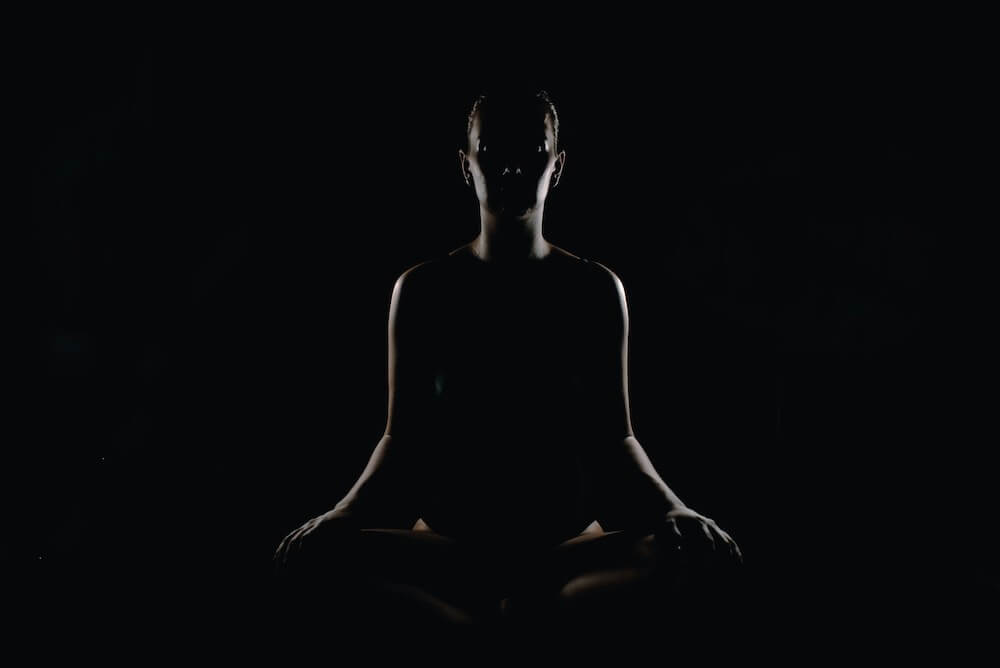How to Take Your Meditation Practice to The Next Level

© Max
Some people may meditate for extensive periods, spanning months or even years, yet see minimal progress. This often occurs because they overlook fundamental practices, dismissing them as only relevant for absolute novices. However, restlessness, particularly of the mind, is the chief barrier to achieving a more profound meditative state. The most challenging aspect of meditation is to cleanse the mind of the turmoil brought on by thoughts, desires, and resistance.
A fine tuned meditation practice unfolds in various stages, involving both attention and awareness. It encompasses three key phases: the physical phase (relaxation), the mental phase (concentration), and the spiritual phase (expansion), each crucial to reaching more profound states of meditation.
The Physical Phase
The physical phase focuses on relaxation. Tension or restlessness in the body can cause the mind to react similarly, and the reverse is also true. Notice how muscle tension increases when you are anxious about an upcoming difficult meeting. This bodily feedback can be leveraged to our benefit: by relaxing physically, mental relaxation naturally follows.
The Mental Phase
The mental phase is a serene journey towards achieving inner silence and tranquility, aiming to conquer the wandering mind. Mental tension, predominantly fueled by worries—whether they are reflective thoughts about the past or fears and desires concerning the future, is gently eased away, leaving a calm and peaceful mind.
One of the most effective methods to calm the mind is through breath observation. After relaxing the body, engaging in Regular Breathing can further soothe the mind. This technique involves inhaling, holding the breath, and exhaling evenly. Alternate Breathing, which involves breathing in through one nostril and out through the other, can also be calming for the nervous system and helps to quiet the mind by aligning with the body’s natural energetic flow. These simple breathing exercises are highly effective in calming the thoughts.
Over time, meditation practice becomes a transformative journey of self-discovery, bringing unresolved emotional issues to the forefront for healing, including past traumas, lingering resentments, and feelings of injustice. With deep concentration and inward focus, meditation progresses to the expansion phase, where the focus shifts to exploring inner realities.
The Spiritual Phase
The spiritual phase emphasizes that while mere concentration may bolster the ego, leading to further illusion, true meditation practice taps into the transpersonal, guiding us toward our true essence. With established internal stability and clarity, we can transcend sensory experiences and everyday worries, opening the door to higher consciousness or the soul. This connection with universal Consciousness allows for the experience of joy, peace, and equanimity.
Akin to the qualities of a vast sea, concentration techniques bring us to the sea’s shore, but deep meditation involves merging with it, dissolving all sense of individuality and separation by focusing on aspects of the Divine—be it Light, Unconditional Love, Joy, Peace, Calmness, Wisdom, or Harmony.

The pinnacle of expansion, samadhi in Sanskrit, erases any perception of separation between the self and the Infinite, instilling a profound understanding that all creation emanates from one Infinite Consciousness, of which we are a part.
Maintaining a fresh, energetic, and intuitive approach to meditation is key. Relying too little on techniques can lead to superficial meditation, but excessive routine may render it stale and dull. Finding a balance that maximizes joy is crucial, as increasing inner joy is a clear sign that you are deepening your meditation.
To understand the immeasurable, the mind must be extraordinarily quiet, still.
Jiddu Krishnamurti



